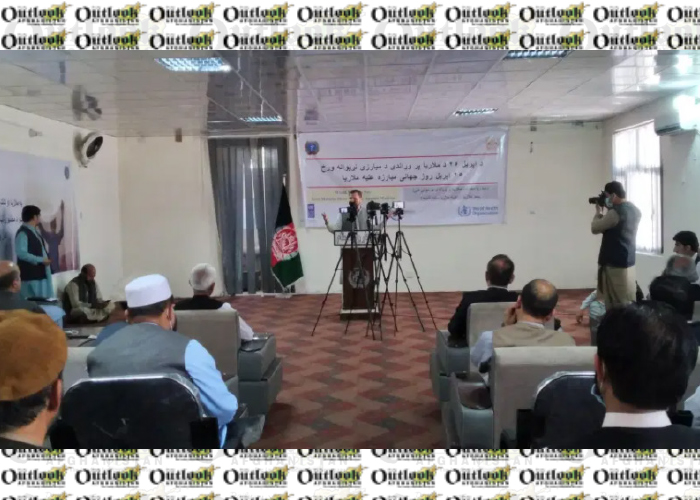JALALABAD - At least 50,000 people got infected with malaria disease in eastern Nangarhar province last year, but no one died from the infection.
Malaria, according to the World Health Organization (WHO), is a life-threatening but preventable and curable disease.
The disease is caused by parasites that are transmitted to people through the bites of infected female Anopheles mosquitoes.
Dr. Naseer Ahmad Durrani, director of public health in Nangarhar, said 50 percent of the country’s malaria patients were in the province, but that figure dropped by 50 percent last year.
He said the number of malaria cases in Nangarhar would reach 100,000 a year during the past three years ago, but now the number had dropped to 50,000 and the death toll was zero.
He attributed the still high number of malaria cases in the province to warming climate, war, internally displaced families, and repatriation of refugees from neighboring Pakistan to Nangarhar, the presence of rivers and rice cultivation.
Durrani called on the Ministry of Public Health (MoPH) to pay more attention to Nangarhar to control and eradicate malaria.
Dr. Waleed Siddiqui, UNDP’s Malaria Control Officer in Nangarhar, said the agency has been working with the Afghan government for years to fight malaria in Afghanistan.
He said nine million mosquito nets had been distributed in the last few years to prevent malaria and that Nangarhar was more at risk than other provinces.
Meanwhile, Nangarhar Governor Zia-ul-Haq Amarkhel said that the environment in Nangarhar, especially in Jalalabad, had not been given serious attention as sanitation and water and pond management were ignored and it led to many people contracting malaria. (Pajhwok)
Home » Afghanistan » Nangarhar Reports 50,000 Malaria Cases Last Year
Nangarhar Reports 50,000 Malaria Cases Last Year

